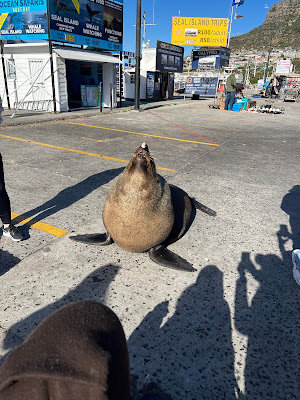Welcome!

The Political Science Program at Texas A&M University- Kingsville (TAMUK), USA, with the assistance of the University's Division of International Studies & Programs, is pleased to introduce the South Africa Program (SAP)- a pioneering and continuing collaborative initiative with the Department of History, Stellenbosch University, Stellenbosch, South Africa. The focus of the SAP is to offer an opportunity to TAMUK students to visit Stellenbosch University to learn about the societies and politics of the Southern Africa region, with a special emphasis on South Africa. The Program is also meant for students to experientially learn about, and recognize, the relevance and importance of South Africa/Southern Africa not only for the United States, but also globally. The SAP is co-directed by Dr. Sandra Swart, Professor of History (Stellenbosch University), and Dr. Nirmal Goswami, Professor of Political Science (TAMUK). This blog is a "diary" about the SAP by the student...




